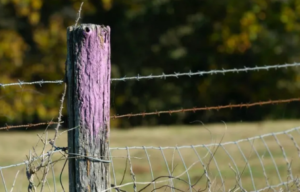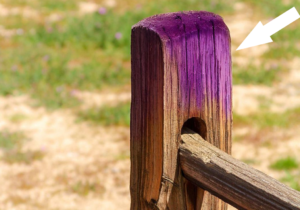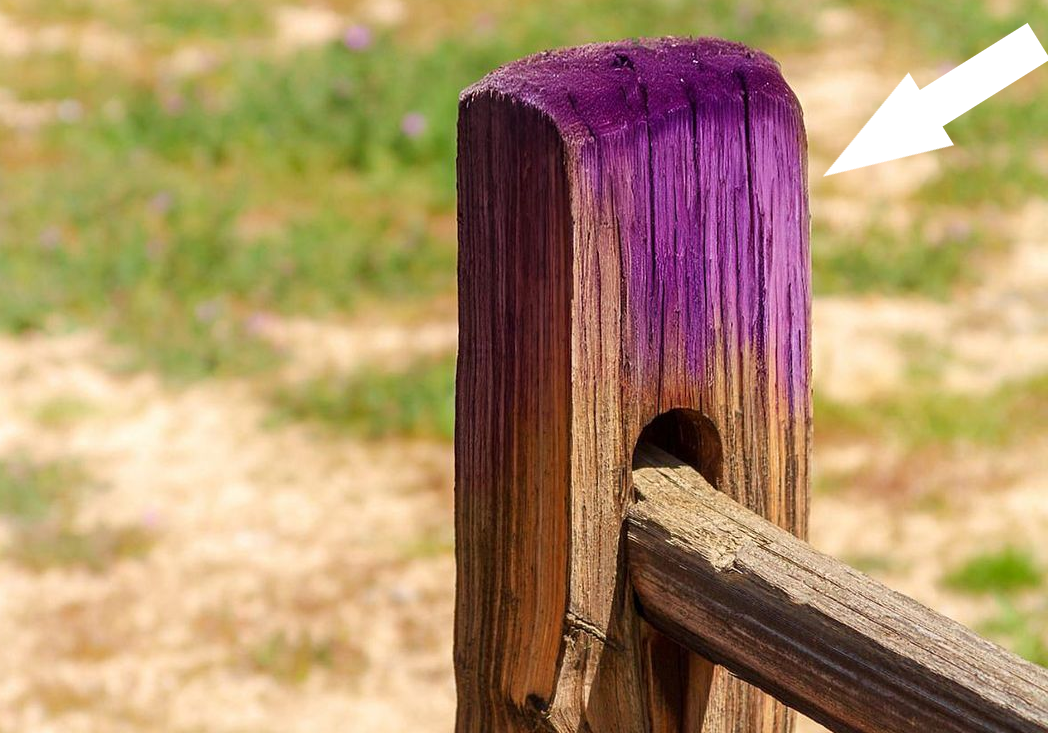When you’re out enjoying a hike or a stroll in the countryside, you’ll likely come across a variety of fences, from classic picket to sturdy chain link. But there’s one type of fence that should make you stop and reconsider your path: the ones with posts painted purple.
At first glance, you might think it’s just a quirky decoration choice by the landowner. But in reality, that purple paint carries an important message: “No trespassing.”
Instead of relying solely on signs that can easily fall or be missed, many landowners opt to mark their boundaries with purple paint. In fact, in 16 states, using purple paint is legally recognized as the equivalent of posting “No Trespassing” signs.

But it’s not just about keeping out unwanted guests. The Purple Paint Laws also serve as a warning to hunters, indicating that hunting is prohibited in that area. With over 1,000 hunting accidents occurring each year, landowners are keen to ensure the safety of their families, pets, and animals. That’s why they’ve adopted the use of “No Hunting Purple” paint, a specific color chosen for its visibility and clear message.

The first Purple Paint Law was enacted in Arkansas back in 1987, and since then, many other states, including Texas, Illinois, and Florida, have followed suit. While some states initially required both signs and paint, many have since determined that the awareness of the purple paint’s significance is sufficient and no longer mandate additional signage.
Despite the widespread adoption of the Purple Paint Laws, there are still many people unaware of their meaning. That’s why it’s crucial to spread the word about the significance of purple fence posts, ensuring the safety of both landowners and unwitting trespassers alike.
